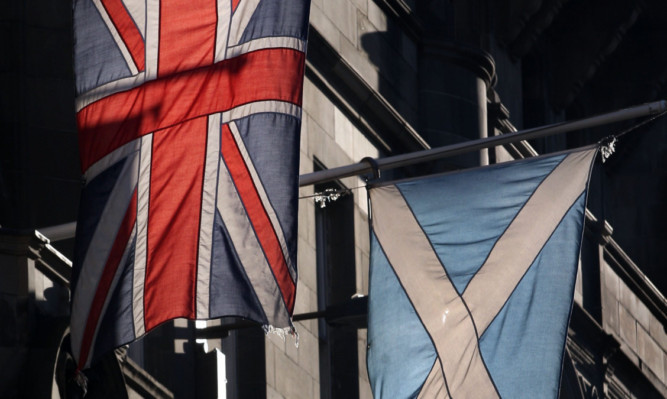Ensuring turnout among teenagers will be the “real challenge” of extending the vote to 16 and 17-year-olds, according to a leading academic.
The Scottish Referendum (Franchise) Bill was formally brought to the Scottish Parliament by Deputy First Minister Nicola Sturgeon yesterday.
David Torrance, associate director of Dundee University’s Five Million Questions project, said: “Registering minors to vote is tricky but the real challenge will now be to drive turnout, which is typically lower the younger the voting age group.
“If this intervention is to have an impact on the final result, each campaign will have to invest heavily in engagement.”
Electoral registration officers will have the power to register those who will be 16 or over on the day of the vote and provide safeguards to ensure data is treated sensitively and responsibly. The bill estimates the cost of expanding the franchise at £358,000.
https://youtube.com/watch?v=hebjApSZww8%3Frel%3D0
Ms Sturgeon said: “At 16, young people can marry, have children and pay taxes and it is therefore correct that they are given the right to vote on the future of the country in which they live.
“In modern Scotland, giving the vote to 16 and 17-year-olds is the right thing to do. We want to make sure that our young people have the opportunity to engage in Scotland’s democratic process.
“We want to give them the right to voice their views, freely and confidently, on the matters that affect them.”
Yes Scotland chief executive Blair Jenkins said: “Young people have the biggest stake in securing the right future for Scotland and it is right therefore that they have a say in helping to determine that future.”
Scottish Youth Parliament MSYP Andrew Deans, added: “Whilst we welcome this bill, we believe it should be seen as a stepping stone to allowing 16-year-olds to vote in all elections.”
Scottish Labour welcomed the proposal but said further clarity is needed to ensure every 16-year-old who is entitled to vote is able to get to the ballot box.
Neil Bibby MSP added: “We need to ensure that parents, schools and our young people are fully aware of the process which isn’t completely straightforward.”
The Scottish Conservatives disagree with the policy.
Annabel Goldie said: “The Scottish Conservatives are not hostile to debate on the different age limits for different activities but are not supportive of singling out the independence referendum for a trial extension of franchise to 16 and 17-year-olds.”
Meanwhile, Holyrood’s referendum bill committee has called for evidence from young people on the Franchise Bill.
